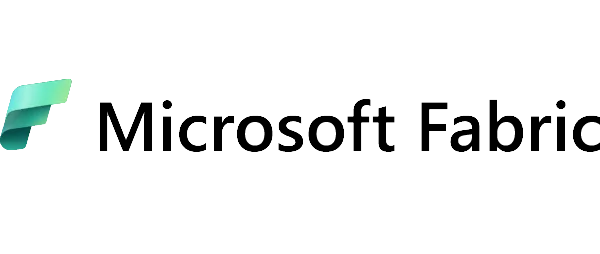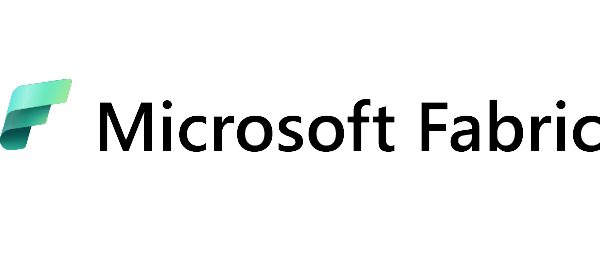
In the ever-evolving landscape of data analytics, implementing Microsoft (MS) Fabric emerges as a critical milestone for organisations seeking to harness the power of data. However, the journey towards successful implementation is not a simple one. It demands meticulous analysis, strategic planning, and a clear understanding that effectiveness surpasses mere technology adoption. In this article, we delve into the intricacies of the MS Fabric implementation plan, outlining the stages, best practices, and the significance of specialist guidance.
Analysing the Landscape: Understanding Needs
Before embarking on the journey of MS Fabric implementation, organisations must first conduct a comprehensive analysis of their data landscape. This entails identifying key business objectives, assessing existing data infrastructure, and understanding the challenges and opportunities inherent in the data ecosystem. Organisations can lay the groundwork for a successful implementation strategy by clearly understanding current and future aspirations.
Use of the MS Fabric analysis platform
While adopting MS Fabric may seem like the primary goal, true success lies in its effective utilisation. Effectiveness in this context is multifaceted and encompasses factors such as:
- seamless integration with existing workflows,
- generation of actionable insights,
- and alignment with business objectives.
It is worth bearing in mind that it is much more difficult to verify the actual use of the potential of an adapted analytical system. This is because it requires organisations to define clear metrics and KPIs that reflect the impact of MS Fabric on their operations and performance.
Implementing Microsoft Fabric – Key Stages
The implementation of a data analytics system such as MS Fabric can be broken down into several stages, each with unique challenges and the need for best practice.
The first stage involves planning, where organisations articulate clear objectives, establish KPIs, and thoroughly assess their data landscape. This stage sets the foundation for subsequent phases and ensures alignment with overarching business goals.
Next comes the deployment phase, where the technical implementation of MS Fabric takes centre stage. This involves:
- configuring the system,
- integrating it with existing data sources,
- and ensuring compatibility with other IT infrastructure components.
Attention to detail and adherence to best practices are crucial during this phase to mitigate potential pitfalls and ensure a smooth transition.
Once all the technical configuration work for Microsoft Fabric has been completed, the focus should in turn be on testing and validation. Detailed testing is essential to verify functionality and maximise its fit with an organisation’s business needs, reliability and performance of the MS Fabric system. This includes testing different scenarios, identifying and removing anomalies and validating the results against the underlying data. Thorough verification builds confidence in the system’s capabilities and paves the way for widespread implementation in the organisation.
Applying best implementation practices – the key to success
Throughout the Microsoft Fabric implementation process, the most important thing is to follow best practice. This involves:
- use of industry standards and frameworks,
- involving stakeholders at every stage,
- fostering a culture of data-driven decision-making.
In addition, organisations must prioritise data governance, security and privacy to protect sensitive information and ensure compliance with regulatory requirements.
The role of specialists during the implementation of an analytical system – a partnership for success
Given the complexity and criticality of implementing an MS Fabric business intelligence system, organisations often turn to specialist consultants for guidance and support.
Companies such as EBIS, with expertise in data analytics and the implementation of analytics technologies, play a key role in coordinating successful implementations. From strategic planning and technical configuration to ongoing support and optimisation, EBIS consultants provide invaluable knowledge and resources to navigate the complexities of an MS Fabric implementation.
In summary, implementing Microsoft Fabric is a strategic undertaking that requires careful analysis, planning and execution. Effectiveness, the ultimate determinant of success, goes beyond the adoption of technology to include seamless integration and alignment with business objectives. By conducting due diligence during the implementation stages and using the knowledge and experience of EBIS’ specialist consultants, companies can unlock MS Fabric’s full potential and begin the transformational journey towards data-driven excellence.



